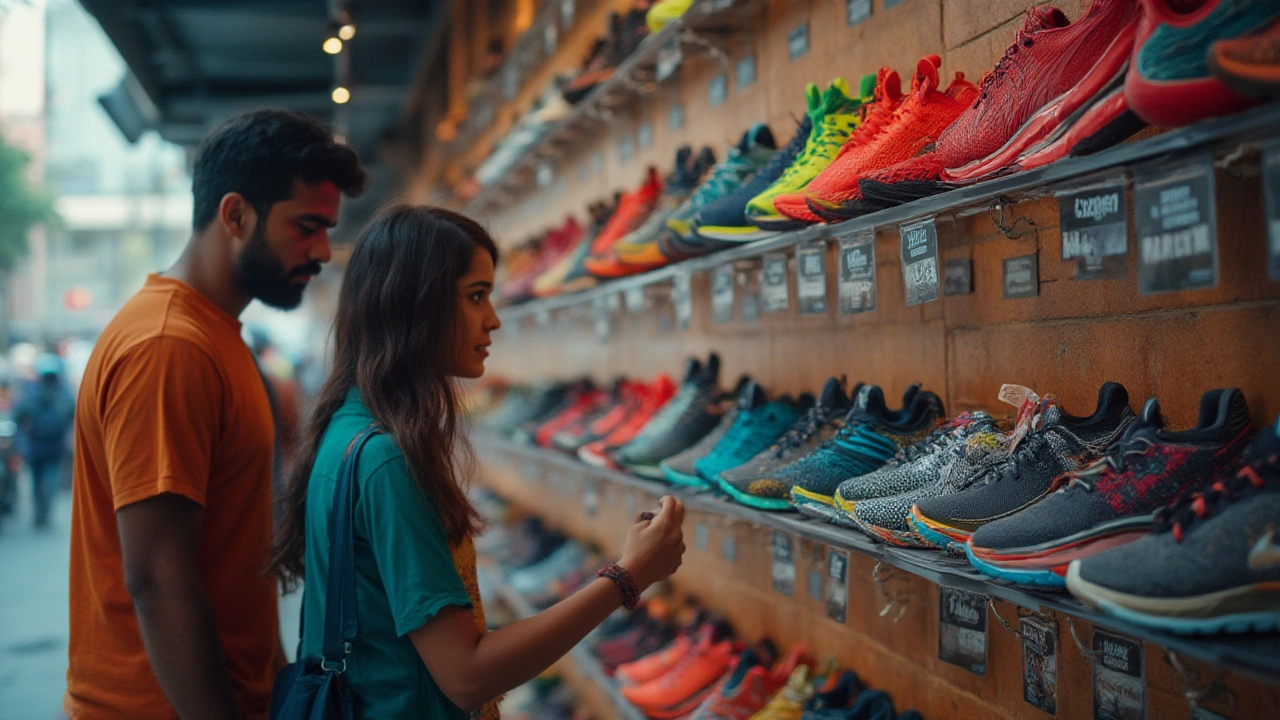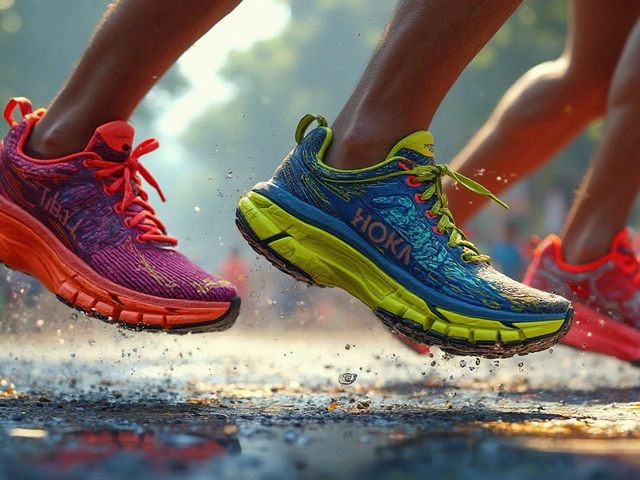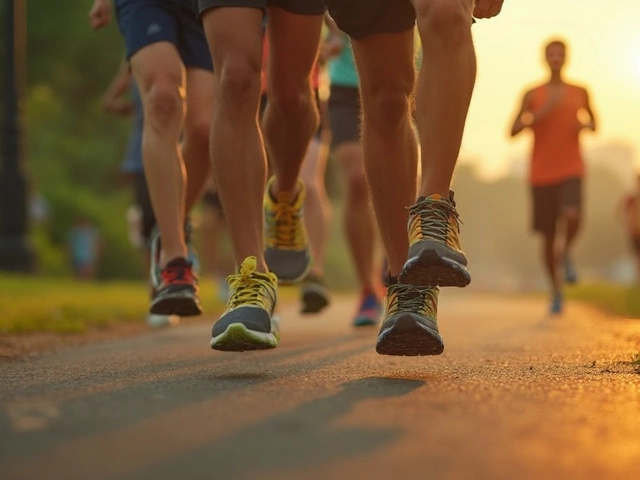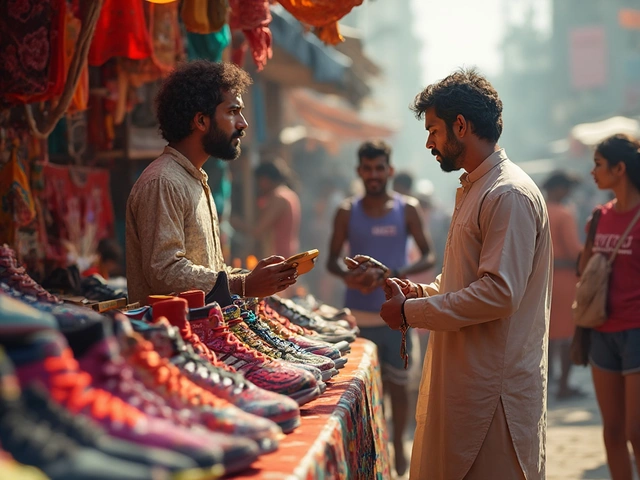Ever stood in a sports store, gripping two very similar-looking running shoes and wondering why one pair costs three times more than the other? The price tags on running shoes can really catch you off guard, especially if you're just getting into the sport or even if you run every week. People often assume that a higher price means better quality, but things aren’t so black and white. Marketers want you to believe that the latest foam or mesh is a game changer. Sometimes it is, sometimes it’s just clever hype. So where’s your money actually going when you buy good running shoes, and is the investment always worth it?
The Price Breakdown: Where Does the Money Go?
When it comes to running shoes, that price tag isn’t just pulled out of thin air—it’s a math equation and a marketing strategy rolled together. You’re paying for research, materials, manual labor, branding, innovation, and retailer markups, plus a little premium for that swoosh or three stripes. In 2024, Data from RunRepeat and The Sole Supplier showed that the average cost of a pair of running shoes in the US sits at around $120. There’s a broad range: you can find entry-level pairs for as low as $50, but high-end flagship models like the Nike Alphafly 3 or Adidas Adizero Adios Pro 3 hover closer to $250-275 at launch. And yes, people are buying them at these prices, especially when hype kicks in around marathon seasons.
Let’s break that down further:
| Component | Estimated Share of Cost |
|---|---|
| Materials (foams, mesh, rubber) | 15-22% |
| Labor | 8-12% |
| Research & Development | 10-15% |
| Marketing | 15-25% |
| Brand/Company Profit | 20-30% |
| Retailer Markup | 20-30% |
That means a chunk of your cash goes right to that Instagram ad showing ultramarathoners prancing in slow motion. The shoes themselves—foam, mesh, glue—don’t actually cost that much to produce, even when they use fancy new compounds.
The gap widens as you move from budget brands like Decathlon, Saucony Axon or ASICS Contend (typically under $80), mid-level options (Brooks Ghost 15, Nike Pegasus 41 in the $120-150 range), and then the premium territory—where carbon plates and energetic foams (think ZoomX, FuelCell, Lightstrike Pro) push prices up to $200 or more. But can you spot real, everyday performance benefits between these brackets, or is it mostly down to branding?
Turns out, flagship models really do use costlier materials. Carbon plates aren’t cheap to manufacture, nor are those proprietary foams that claim to return more energy with each step. What runners pay for is the (sometimes marginal) performance edge—the difference between a personal record and ‘just’ another weekend run. For the pros, those seconds count. If you're more recreational, the durability, comfort, and fit might make more sense as your top priorities.
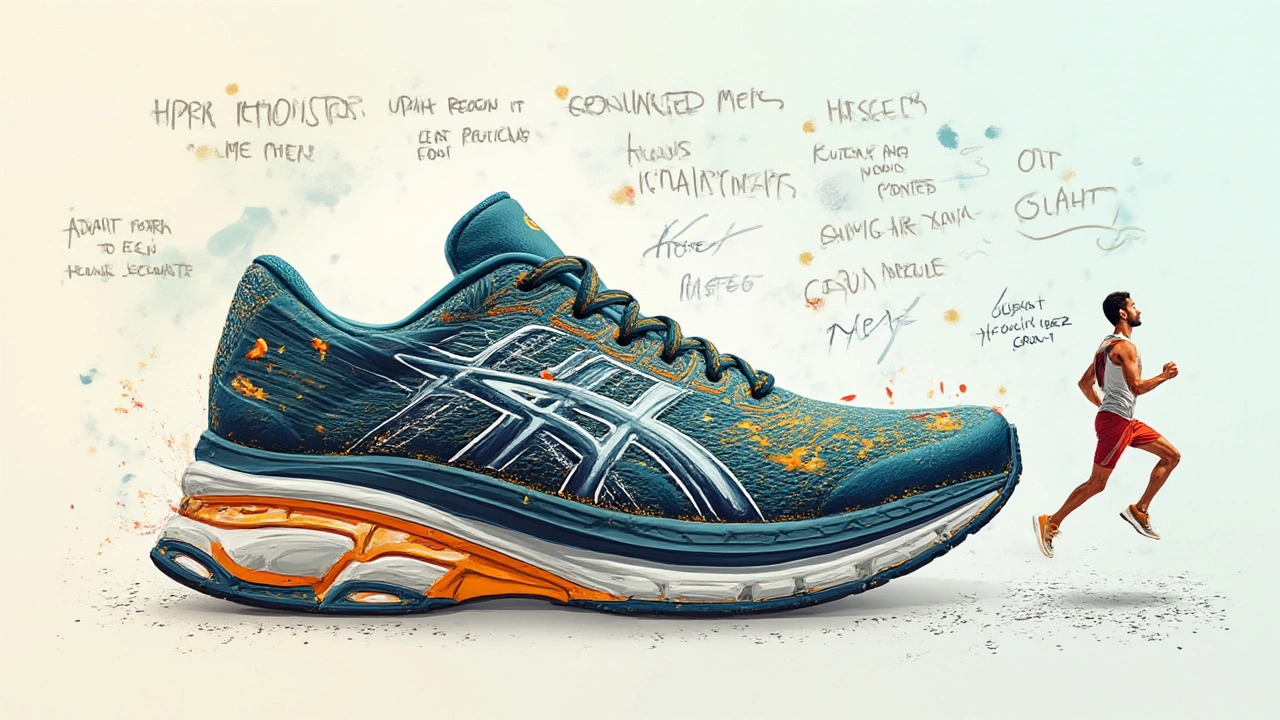
What You Get for Your Money: Do Expensive Shoes Deliver?
This is the tough question everyone asks. Do expensive running shoes mean you’ll actually run faster, longer, or with less pain? The science says yes…and no. There’s no denying you feel the difference when you try on a budget shoe and then a premium one back-to-back. Expensive shoes use lighter and more resilient foam compounds, like Nike’s ZoomX or New Balance’s FuelCell, that genuinely cushion impact and add spring to your step. Testing published in the journal Sports Medicine (2024) showed that runners using advanced foam models averaged 2-4% lower energy cost compared to standard EVA foams. For elite marathoners chasing every performance edge, that translates into real time on the clock.
But for those not chasing sub-three-hour goals, the story’s different. Durability often trumps outright speed for most people. Shoes under $100 will usually last for about 300-400 road miles—more affordable shoes may flatten quicker and lose structure if you’re putting in serious mileage. More expensive shoes often last longer, sometimes upwards of 600 miles, thanks to better build quality and stronger outsole rubber. That means you’re not just paying for comfort or hype—you’ll probably have to replace your shoes less often if you invest up front.
Comfort, stability, and injury prevention are personal. If you have flat feet or overpronation, a mid-priced stability shoe might make more difference for you than any superfoam ever could. On the other hand, if you’re training for a big race, that extra bit of bounce and the weight savings from a $250 carbon-plated racer can make all your tempo runs feel that much easier. But don’t assume that more expensive always equals better for you. I’ve personally found that my favorite long-run shoe wasn’t the latest hyped drop but a midrange ASICS model—which fit my foot like a glove and gave reliable cushioning, even after months of pounding the pavement.
Another side note—aftermarket insoles can radically change your comfort level, so if you're struggling with an old favorite pair, sometimes an insole swap (for $30-50) makes more sense than splurging on an entirely new shoe.
Brand loyalty and marketing play outsized roles. Those wild ‘super shoes’ on display? They work, but many average runners buy them thinking they’ll transform their running life. The magic wears off quicker than you’d think if you’re not using them for races or hard efforts. For daily training, durability, grip, breathability, and arch support matter more. And don’t ignore sales: previous year’s models are almost always 30-50% cheaper, and the tech usually isn’t all that different, especially with trainers versus race-day shoes.

Shoes on a Budget: Tips to Find the Best Value
High price tags don’t always equal the best choice, especially for new runners or those with a tight budget. There’s a sweet spot if you know where—and when—to look. First, shop after a model change: major brands roll out ‘new’ versions every 12 months, often changing just the mesh color or the upper a little, but this can push down prices on the previous generation by a lot. This is where I scored my Nike Pegasus for under $80 last year—fresh out the box, just a season ‘old.’
If you’re shopping online, use shoe comparison tools like RunRepeat or Solereview—these let you filter by price, review ratings, and user experience. Local specialty running stores sometimes clear out their shelves in summer or right before a marathon—if you’re not fussy about colors or logos, you can snag $150 shoes for almost half that.
Don’t underestimate budget-friendly sub-brands. Decathlon’s Kalenji Run Support ($40-60) consistently gets solid reviews for cushioning and all-around reliability. Skechers’ GoRun Ride line gets recommended frequently by podiatrists for everyday runners who want comfort with a bit of pep, and it won’t break the bank either. Not everyone needs carbon plates or advanced foams—if you walk-jog or log a few miles twice a week, a simple EVA-midsol model with a supportive upper does the trick and keeps your wallet happy.
If you run a lot, think long-term. There’s a real cost benefit in paying a bit more for shoes that last longer—track your mileage with your phone app or jot it on the box, and you’ll notice how premium rubber outsoles fend off wear way better than cheaper materials. Rotating two pairs (especially if you alternate trail and road running) also helps extend the lifespan of each. Learned that trick from Sanya, by the way—she taught me how switching shoes gives the foam time to ‘recover’ and stretch out over time.
Check for fit above all. Shoe sizing varies massively between brands, so try before you buy if possible, especially with brands like Hoka (they run wide) or Nike (often narrow). No amount of arch support or foam can make up for a poor fit—it’ll ruin your run and might send you to the physio. And pay attention to return policies, especially buying online; sometimes, you can run indoors and still return shoes if they aren't right.
If you’re really trying to save, don’t dismiss the secondhand market. Runners are notorious for testing shoes and changing their minds quickly. Platforms like eBay or Reddit’s r/RunningShoeGeeks sometimes have high-quality, nearly-new shoes at half or less the retail price. Just make sure the outsole isn’t worn thin, and the upper is solid. If you find a brand or model that fits ‘just right,’ stick with it and stock up during holiday sales—it makes your wallet (and knees) happy, trust me.
So, are good running shoes expensive? They definitely can be, especially if you get pulled into the premium category chase. But with a little know-how, timing, and a focus on what you really need—cushioning, fit, and durability—you can run comfortably without feeling like you have to remortgage your future. Don’t let the numbers on the box scare you; value is about more than the price tag, and your best run might just be a smart buy away.
